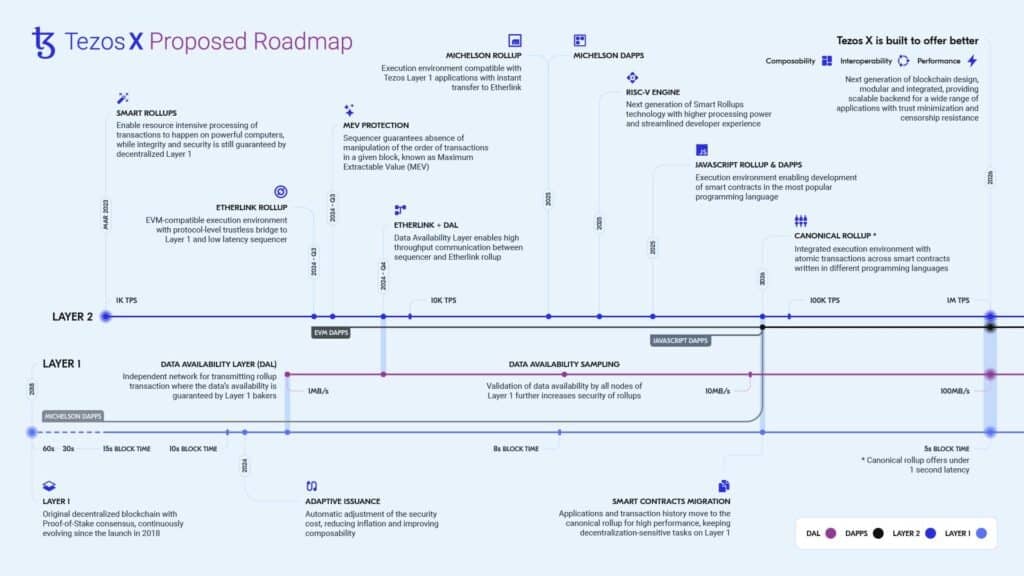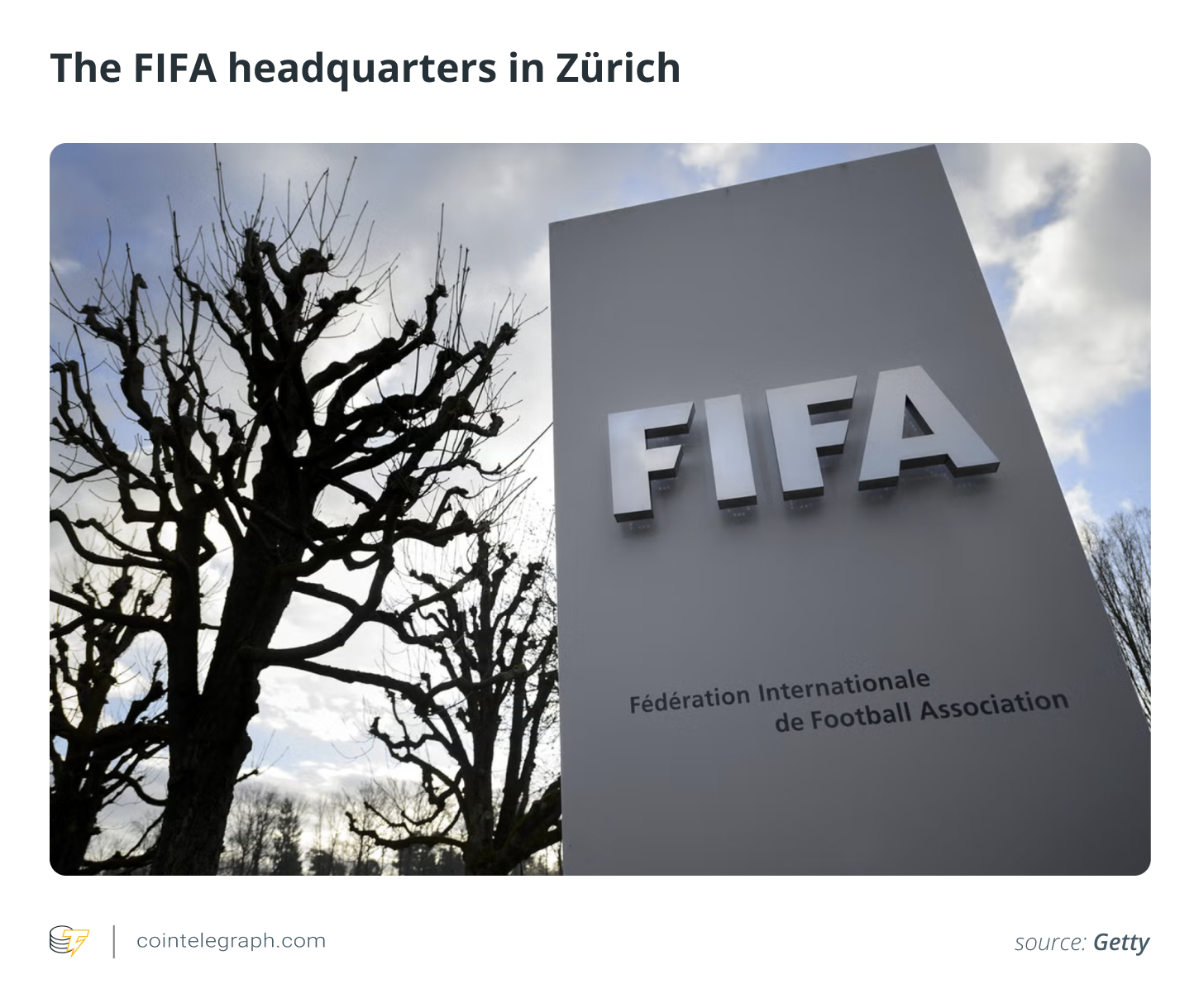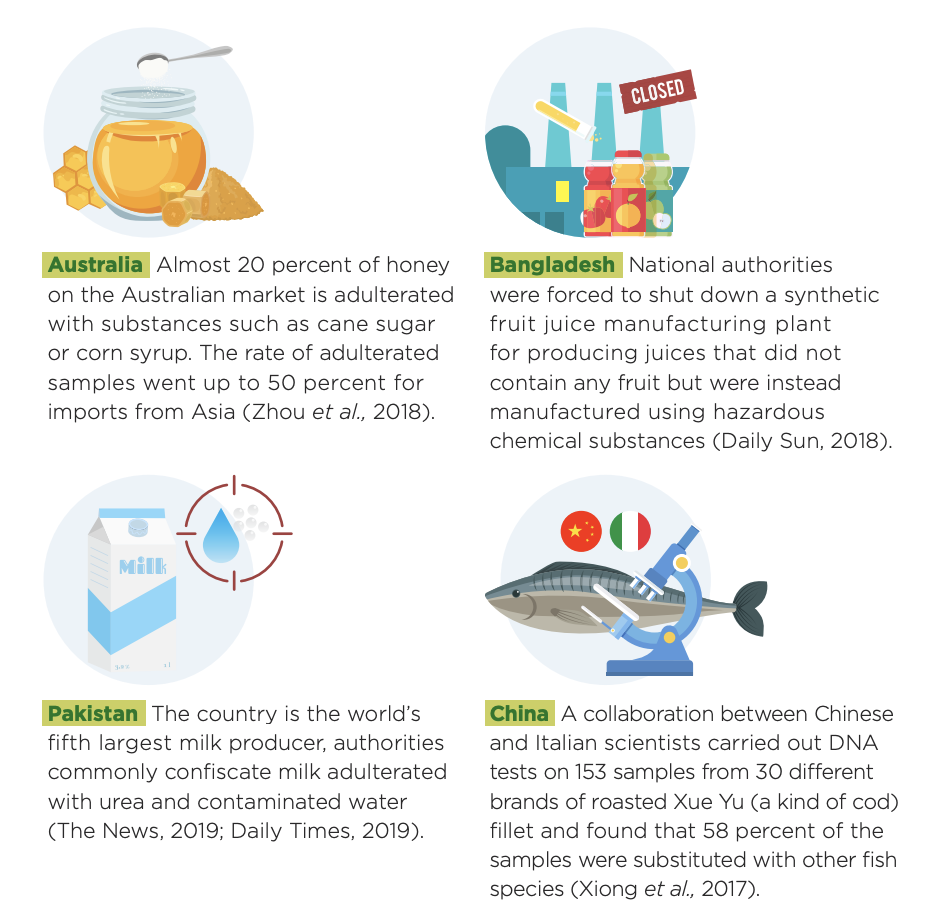Tezos, the self-upgradable proof-of-stake (PoS) blockchain, has today unveiled “Tezos X”, a new upgrade that’s part of the project’s roadmap to achieving greater usability and utility.
According to details in a blog post, developers envision Tezos X as an upgrade that represents a major evolution of the original Tezos blockchain. When fully implemented, Tezos X would herald an integrated blockchain ecosystem that boasts greater performance, composability and interoperability.
Tezos X vision – the evolution of Tezos
Tezos is a smart contracts blockchain platform that launched after a $232 million initial coin offering (ICO) in 2017. Although it’s failed to hit the highs expected when it went live, the project remains actively developed.
The new vision is to move Tezos “from a monolithic blockchain, where every blockchain node replicates everything, to a fully modular design with an integrated experience.”
According to the developer team, a “modu-lithic” ecosystem means the blockchain continues to be highly decentralized as specialized modules help different user groups interact within a highly efficient environment.
In this case, Tezos X highlights a design where accounts, applications and transaction history migrate to the “canonical rollup”, freeing the layer-1 chain to only handle consensus and settlement.
“Freeing up layer 1 resources means everything can run faster without requiring powerful hardware to secure the network,” Tezos developers wrote.
This approach does not only mean a considerable boost in on-chain performance, but also enhances Tezos composability and interoperability.
Tezos X in the works since 2022
Developers began working towards massively scaling Tezos in early 2022 via Smart Rollups. This is a scaling technology that allows for an optimized and dedicated second layer to execute transactions, the L1 guarantees consensus and settlement.
“Free from the burden of also having to process every transaction and computation, the L1 would become significantly faster, with even lower latency. The lighter load also means bakers would still be able to secure the network with low-spec hardware, ensuring decentralization” Tezos developers noted.
Also important in this mission is the dedicated Data-Availability layer. This ensures that the Tezos mainnet can handle huge amounts of data from rollup users, all in a fully decentralized way.
With these features, Tezos X sees a single canonical rollup being capable of handling all activity on the network.
Tezos X rollout is expected to continue through 2026.





